Gallery Network
Spotlight: Venezuelan Sculptor Francisco Narváez Was a Powerhouse in His Time. Now, a Miami Exhibition Is Rekindling His Legacy
“Narváez, The Sculptor” is on view at Ascaso Gallery in Miami through January 29, 2022.
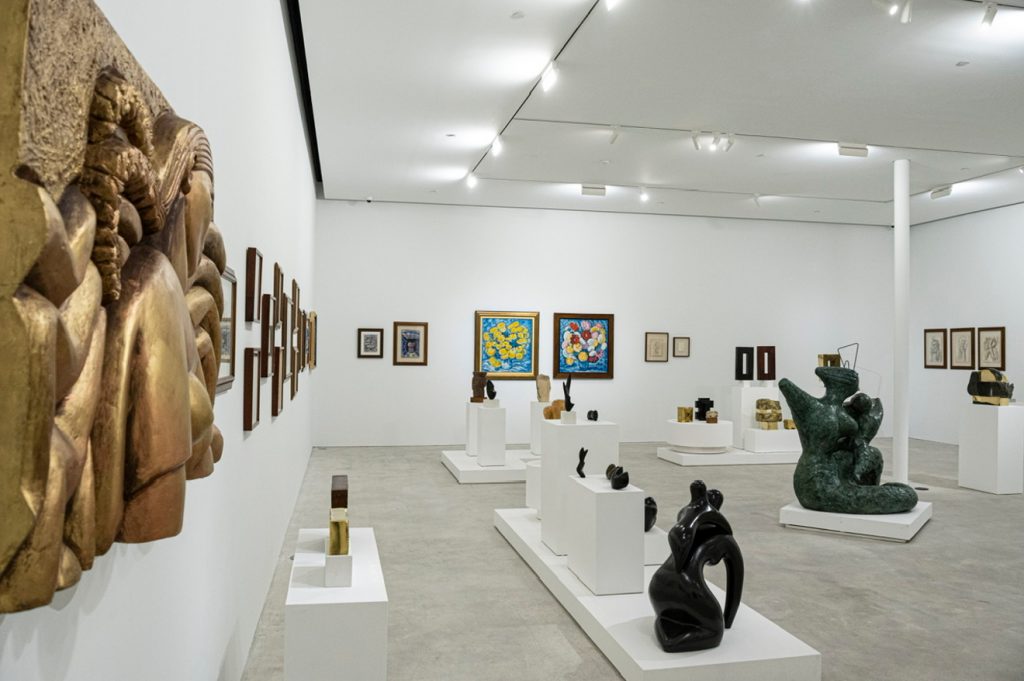
“Narváez, The Sculptor” is on view at Ascaso Gallery in Miami through January 29, 2022.

Artnet Gallery Network

Every month, hundreds of galleries add newly available works by thousands of artists to the Artnet Gallery Network—and every week, we shine a spotlight on one artist you should know. Check out what we have in store, and inquire for more with one simple click.
About the Artist: Sculptor Francisco Jose Narváez was born in Porlamar, Venezuela, in 1905, the fifth of 11 children in a creative family. He studied first at the atelier of Marcos Castillo and at the Academy of Fine Arts in Caracas, where he practiced wood carving and established his career-long focus on local materials. In 1928, he had his first solo exhibition at the Club Venezuela. He subsequently studied in Paris on a scholarship and at the Académie Julian, and there began to explore stone carving.
“In Paris, I didn’t have wood, so I carved a lot in stone … when there were demolitions I purchased chunks of stone, I would take them to the workshop and carve them,” he wrote.
In Paris, his increasingly volumetric sculptures and paintings explored the struggles of his time, including laws against miscegenation, as well as Creole identity. Returning to Caracas in 1931, he established his atelier at the Barrio Obrero in Catia, which became a hub of intellectual and creative activity for decades. The crowning achievement of his career is often seen as Las Toninas, a group of sculptures that adorn the fountain of the Plaza O’Leary in Caracas.
Why We Like the Show: “Narváez, The Sculptor” at Ascaso Gallery in Miami is a rare comprehensive presentation of the artist’s works in the U.S. The exhibition, which is curated by María Edilia de Salas and presented in collaboration with the Fundación Francisco Narváez, offers highlights from across the artist’s most influential styles—including carvings in wood, abstracted stone sculptures, and figurative, vividly colorful paintings. Since this death, in 1982, his legacy has faded even in his homeland, making this exhibition an exciting reexamination of a highly influential artist.
According to the Gallery: “Francisco Narvaez comes from tradition, and his first stage is linked to the classics, to the exploration of his heritage, but always with his very own language. Throughout his prolific career, he knew how to remain true to himself, without disregarding the influences of his surroundings or his artistic interests: his ability as a sculptor, his selection of materials, whether they were wood, stone, or bronze; his choice of the subject of his work… His mastery and great craftsmanship are a constant that over time have made him a leading player in the history of contemporary Venezuelan and world art,” wrote art historian Adriana Meneses in an essay for the exhibition.
Browse works by the artist below.
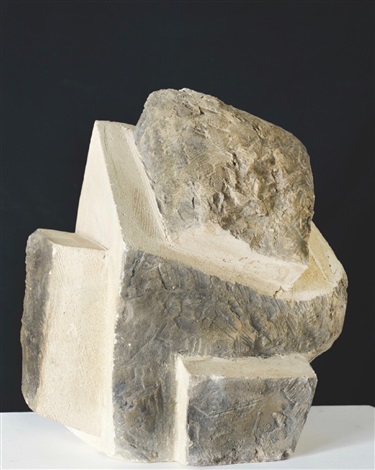
Francisco Narváez, Volumen (VPC-020) (1971). Courtesy of Ascaso Gallery.
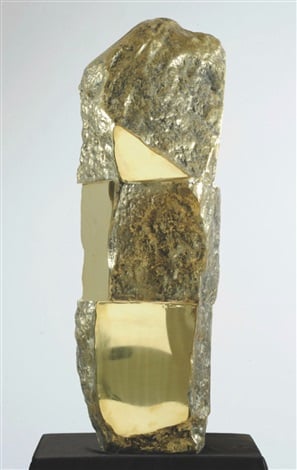
Francisco Narváez, Volumen (BVPC-108) (1974). Courtesy of Ascaso Gallery.
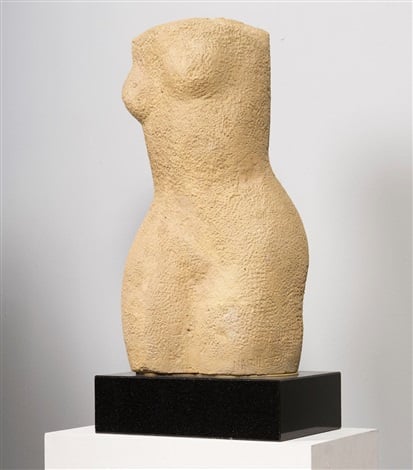
Francisco Narváez, Torso (1956). Courtesy of Ascaso Gallery.
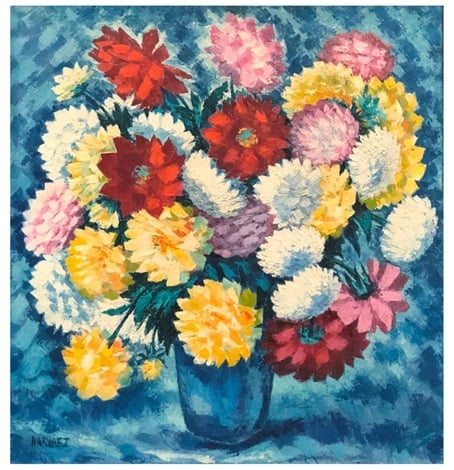
Francisco Narváez, Crisantemos (1960–1970). Courtesy of Ascaso Gallery.